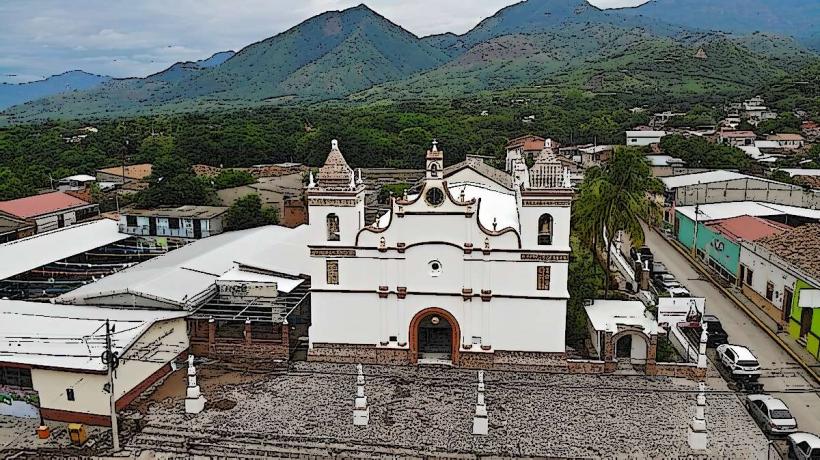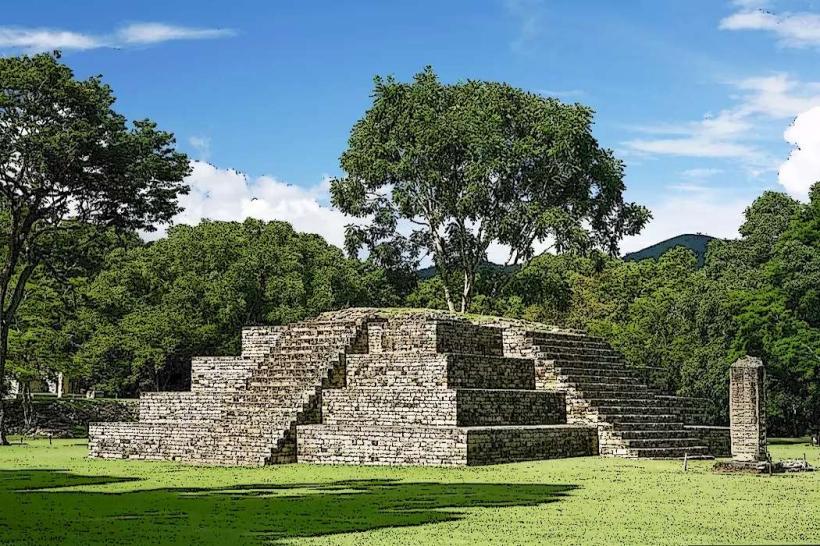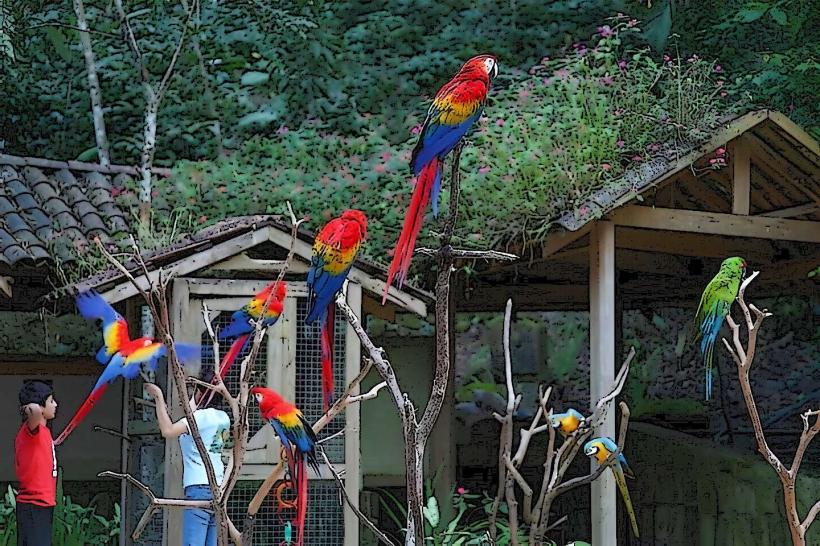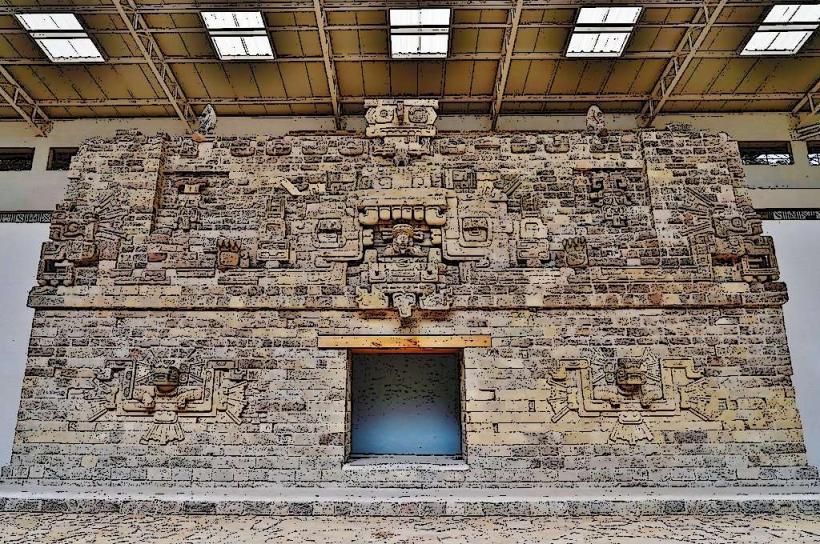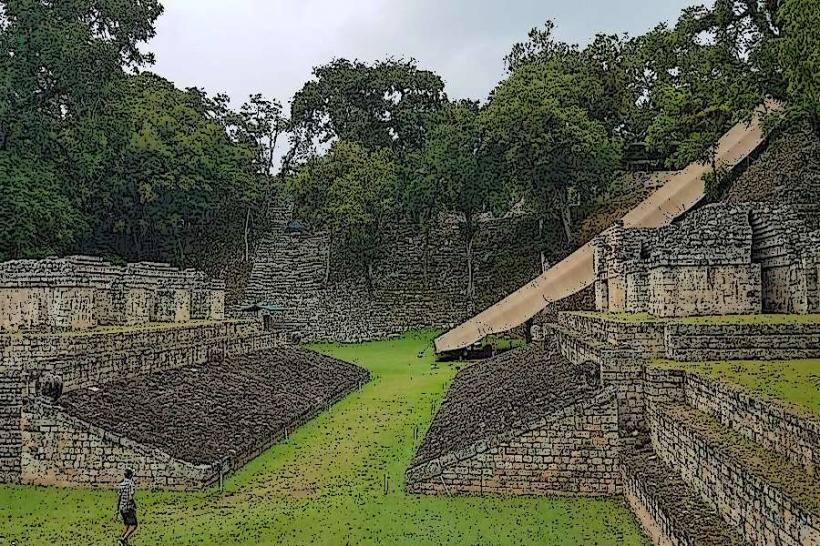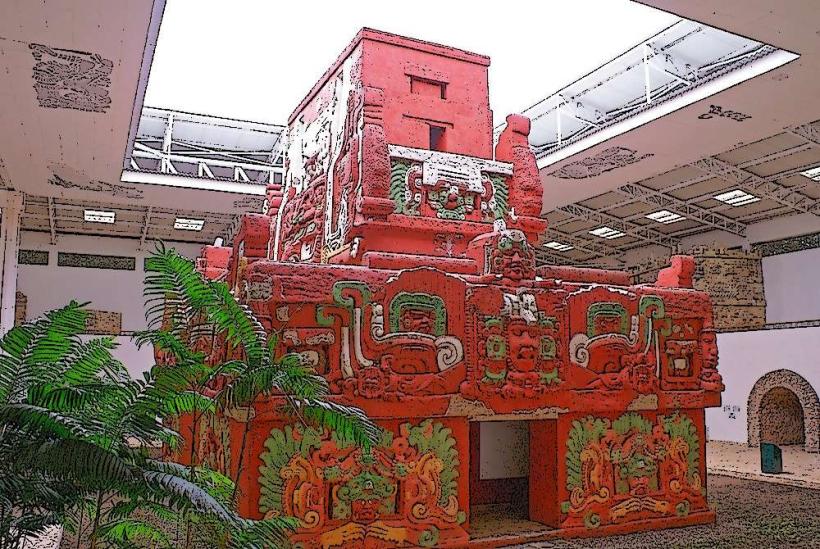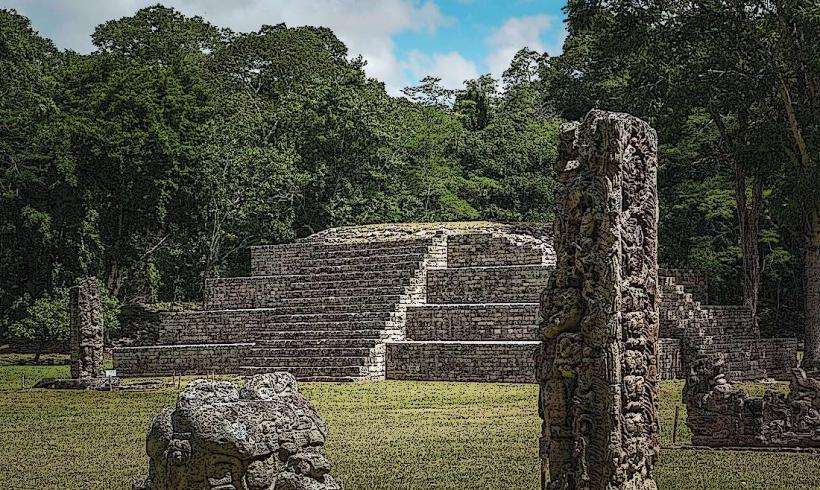Information
City: Copa RuinasCountry: Honduras
Continent: North America
It seems like you meant Copán Ruinas, a small but historically significant town in western Honduras. Copán Ruinas is best known for its proximity to the ancient Mayan ruins of Copán, one of the most important archaeological sites of the Maya civilization. However, the town itself has a distinct character, blending colonial-era charm with a growing tourism-based economy.
Geography and Climate
Copán Ruinas is located in the western highlands of Honduras, near the Guatemalan border. It sits at an elevation of approximately 600 meters above sea level, surrounded by rolling hills, forests, and the Copán River. The region’s geography gives it a mild, subtropical climate, with temperatures generally ranging between 18°C and 30°C. The dry season lasts from November to April, while the wet season, from May to October, brings heavy rains that help sustain the region’s lush greenery.
Urban Structure and Development
Copán Ruinas is a small town with a traditional colonial-style layout. Cobblestone streets, single-story buildings with red-tiled roofs, and a central plaza define its architecture. The town has maintained its historical charm while accommodating the growing tourism industry.
The town center hosts hotels, restaurants, and artisanal shops catering to visitors, while residential areas extend outward toward the hills. Basic infrastructure such as roads, electricity, and water supply has improved over the years, but some rural areas still lack modern amenities.
Economy
The economy of Copán Ruinas is primarily driven by tourism, agriculture, and local commerce.
- Tourism: The nearby Mayan ruins attract thousands of visitors each year, supporting hotels, tour agencies, restaurants, and craft shops. Eco-tourism is also growing, with attractions such as hot springs, nature reserves, and coffee farm tours.
- Agriculture: The surrounding region produces coffee, tobacco, corn, and beans. Coffee farming is particularly important, with local cooperatives exporting high-quality beans internationally.
- Commerce and Services: Local businesses, including markets and artisan shops, provide goods and services to both residents and tourists. The town also benefits from cross-border trade with Guatemala.
Despite its economic strengths, many residents rely on seasonal work, and income inequality remains a challenge, particularly for those in rural communities.
Transportation
Copán Ruinas is accessible by road, with the main route being the highway from San Pedro Sula, approximately 180 km away. The road is well-maintained, but the mountainous terrain makes the journey take around four hours by car or bus.
Within the town, transportation consists mainly of taxis, tuk-tuks, and motorcycles. Walking is also common due to the town’s small size. There is no major airport nearby, with the closest international access points being in San Pedro Sula or Guatemala.
Demographics and Population Growth
Copán Ruinas has a relatively small population, with a mix of indigenous Ch’orti’ Maya, mestizo (mixed European and indigenous ancestry) residents, and expatriates who have settled in the area. The presence of indigenous communities contributes to the town’s cultural identity, particularly in crafts, traditions, and local cuisine.
The population has grown slightly due to tourism-related economic opportunities, but it remains one of the smaller urban centers in Honduras.
Social and Security Situation
Copán Ruinas is considered one of the safest towns in Honduras, largely due to its focus on tourism. Crime rates are lower than in major cities, though petty theft and scams can occasionally occur. The local police and tourism authorities work to maintain security, especially in areas frequented by visitors.
Education and healthcare services are available, but public institutions in rural areas often lack resources. Private clinics and bilingual schools cater to both locals and expatriates.
Environmental Concerns
The region’s natural beauty is a major attraction, but deforestation, waste management, and water conservation are ongoing challenges. Some initiatives focus on eco-friendly tourism and sustainable agriculture to protect the environment while supporting economic growth.
Conclusion
Copán Ruinas is a culturally rich town that balances its historical heritage with modern tourism and economic development. While its small size limits large-scale industry, its strategic location near the famous Mayan ruins ensures a steady flow of visitors. With continued investment in infrastructure, conservation, and community development, Copán Ruinas will remain an important destination in Honduras.

